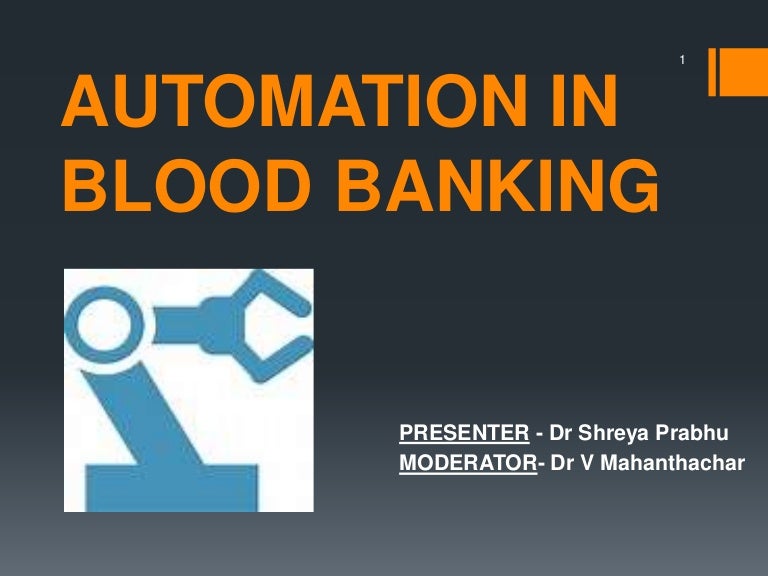The way we handle financial transactions has undergone a rapid transformation in recent years, thanks to the rise of digital banking and the increasing adoption of automation. Banks and financial institutions are recognizing the immense benefits that come with embracing automation and are leveraging technology to provide customers with a seamless and convenient banking experience. From online banking to mobile apps and advanced financial solutions, automation has revolutionized the way we manage our finances.
Banking automation offers a plethora of solutions and advantages for both customers and banks themselves. Gone are the days of waiting in long queues at the bank or filling out piles of paperwork. With automation, customers can now perform various financial tasks at the click of a button, from transferring funds to paying bills, and even applying for loans. This not only saves time and effort but also enhances efficiency and accuracy in financial management.

Moreover, automation has opened up new avenues for personalized banking experiences. Through the use of data analytics and artificial intelligence, banks can now gain valuable insights into customers’ preferences and behaviors. This enables them to offer customized solutions tailored to individual needs, whether it be personalized investment advice, budgeting tools, or targeted marketing campaigns.
The rise of digital banking and automation has also brought a higher level of security and fraud detection to the financial realm. Advanced security measures, such as biometric authentication and real-time transaction monitoring, help ensure the safety of customers’ funds and personal information. Additionally, automation enables banks to detect and prevent fraudulent activities more efficiently, safeguarding both the institution and its customers.
In this comprehensive guide to banking automation solutions, we will explore the various aspects of this technological revolution. We will delve into the specific tools and technologies that enable automation in banking, the benefits it offers, and the challenges that come along with it. So, join us as we navigate through the world of banking automation and discover how it is reshaping the future of financial services.
Benefits of Banking Automation
The rise of banking automation has brought numerous benefits to both financial institutions and customers alike. By leveraging advanced technologies, banking automation solutions have revolutionized the way we conduct financial transactions and manage our money. In this section, we will explore some of the key benefits that banking automation brings to the table.
Increased Efficiency: One of the primary advantages of banking automation is the significant boost in operational efficiency. Manual processes such as data entry, document verification, and transaction processing can be time-consuming and prone to errors. However, with automation tools and software, these tasks can be streamlined and completed at a much faster pace, allowing banks and their employees to focus on more strategic activities. This not only reduces the possibility of errors but also improves overall productivity.
Enhanced Customer Experience: Banking automation has also greatly improved the customer experience. With the advent of digital banking, customers can now access their accounts, make payments, and perform various transactions conveniently from their mobile devices or computers. Automation has made these processes faster, more accessible, and available 24/7, providing customers with greater flexibility and control over their finances. Additionally, automation tools in customer service have enabled faster response times, personalized assistance, and self-service options, leading to higher levels of customer satisfaction.
Stronger Security Measures: Automation in banking has strengthened security measures, making financial transactions more secure than ever before. Advanced authentication techniques, encryption protocols, and fraud detection systems are now seamlessly integrated into banking automation solutions. These robust security measures help safeguard customer data, protect against identity theft, and prevent fraudulent activities. By automating key security processes, banks can ensure a safe and trustworthy financial environment for their customers.
In the next section, we will delve into the various banking automation solutions available and explore how they further contribute to a seamless and efficient financial experience.
Key Features of Banking Automation Solutions
In the rapidly evolving world of financial services, the implementation of banking automation solutions has become essential for modern banks. These advanced solutions offer a wide range of key features that revolutionize the way banking activities are conducted. Let’s explore some of the prominent features that make banking automation solutions indispensable in today’s digital era.
Streamlined Transaction Processing: One of the primary features of banking automation solutions is their ability to streamline transaction processing. These solutions leverage advanced technologies such as artificial intelligence and machine learning to automate various repetitive tasks involved in transactions. By eliminating manual intervention, banks can process transactions more efficiently, reducing errors and ensuring a seamless experience for their customers.
Enhanced Security Measures: Ensuring the security of financial transactions is a top priority for banks. Banking automation solutions provide robust security measures to protect sensitive customer data and prevent fraud. Advanced authentication methods, encryption techniques, and real-time monitoring capabilities help in identifying and mitigating potential security threats. By leveraging these features, banks can safeguard their customers’ information and build trust in their digital banking services.
Personalized Customer Experiences: With the help of banking automation solutions, banks can offer personalized experiences to their customers. These solutions utilize data analytics and customer segmentation techniques to understand individual preferences and needs. By analyzing customer transactions, spending patterns, and financial goals, banks can tailor their services and recommendations. This personalized approach enhances customer satisfaction and loyalty, ultimately driving the growth of the bank’s customer base.
In summary, banking automation solutions bring a plethora of key features that empower banks to stay ahead in the ever-changing financial landscape. Streamlined transaction processing, enhanced security measures, and personalized customer experiences are just a few of the valuable features offered by these solutions. By embracing automation, banks can provide their customers with a seamless financial experience while increasing operational efficiency and maintaining the highest level of security.
Future of Digital Banking
Advancements in technology have paved the way for exciting opportunities in the future of digital banking. With the growing popularity of automation, the banking industry is taking significant steps towards revolutionizing the way we handle finances.
Workflow Automation Software
One key aspect of the future of digital banking is enhanced accessibility. Automation enables customers to access their accounts and perform transactions conveniently from their smartphones or other devices, anytime and anywhere. This enhanced accessibility not only saves time and effort for customers but also promotes financial inclusion, allowing individuals who previously had limited access to traditional banking services to participate in the digital economy.
Another important aspect of the future of digital banking is improved personalization. Automation empowers banks to gather vast amounts of customer data, which can be utilized to tailor financial products and services to meet individual needs. By leveraging advanced analytics and artificial intelligence, banks can provide personalized recommendations, financial insights, and customized offers, ensuring a seamless and personalized experience for their customers.
Furthermore, the future of digital banking holds immense potential for enhanced security measures. Automation, when coupled with robust security protocols, can significantly minimize the risk of fraud and unauthorized access. Biometric authentication, advanced encryption techniques, and real-time monitoring systems serve as powerful tools to safeguard sensitive financial information, ensuring the utmost security for customers in the digital banking landscape.
In conclusion, the future of digital banking promises a seamless and personalized financial experience for customers. With the integration of automation, banking services become more accessible, tailored, and secure. As technology continues to evolve, the banking industry is poised to embrace these advancements to create a future where banking is convenient, efficient, and secure for all.


